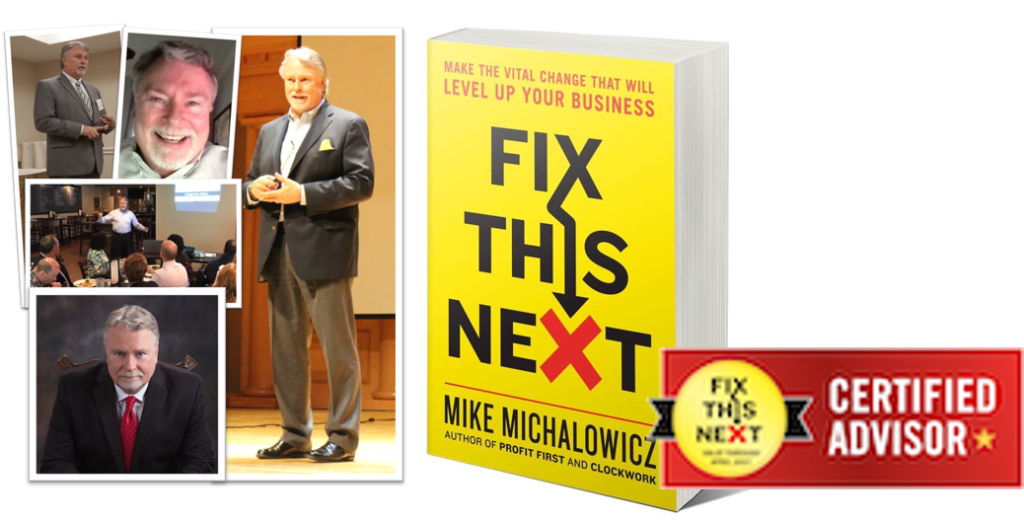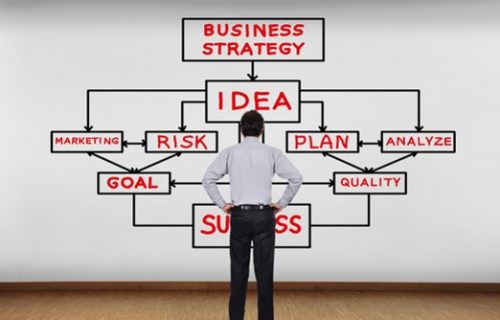
It’s Time to Start Focusing on Tomorrow: Life and Business After COVID-19
I’m sure you are all familiar with the grieving process. That 5-stage process – Denial, Anger, Bargaining, Depression, Acceptance – is necessary for our psyche to deal with the changes that have happened in our life.
Business owners are undergoing a similar process now with the coronavirus. If you are a business owner, think about your emotions over the last few weeks and tell me if this sounds familiar:
- Shock
- Disbelief
- Anger
- Frustration
- Depression
- Anxiety
I’m sure you’ve felt many if not all of these emotions, but the time for wallowing in these feelings is over and it’s time to start focusing on the future. Where do you go from here? How has the lives of your customers changed and how does your business need to change to adapt to serving these new customers in their new lives?
One of the reasons this pandemic has hit business owners so hard is that they didn’t have a functional Disaster Recovery Plan, a Continuity Plan, a Pivot Plan. Had they had these plans in place, they would have activated those plans and it would have been “business as usual” with little to no interruptions.
Going forward, you need to address how your business will operate in the future and put together a Disaster Recovery Plan to address any issues that your company COULD face in the future.
It’s a brainstorming activity; playing “What if?” with your leadership team. Come up with what-if scenarios and then explore how you would respond and then identify all the pieces that would need to be in place to make that response possible.
Here’s a quick exercise to get you started. Mike Michalowicz, author of Profit First, Clockwork, and his new book Fix This Next, has an exercise called “One Step Back.”
Think about your business and the final STEP in your process, when you deliver something to the customer. What is that final STEP? The example Mike uses is a restaurant and their final STEP is “Food on the table.” Feeding the customer; that’s their business so that is their final STEP.
Now, take it one step back, and the previous step is “Delivering the food to the table.” So, how can you do that differently? How many different ways can you deliver food to your customers? We’ve already seen this in action with curbside pick-up or delivery by a restaurant employee, companies like GrubHub or Uber Eats.
Take it one step back, and the previous STEP is “Preparing the food.” How can that be done differently? What about assembling meals in aluminum containers for the customer to cook for themselves? What about assembling the ingredients in a box with a recipe so the customer can do it themselves?
The next step back is sourcing the ingredients. What about turning your restaurant into a deli or small grocery store so people can get the food items – and other grocery items – they want and need?
What about putting together a cookbook that you can sell? What about selling hard-to-get or hard-to-find spices? What about creating online cooking classes? Knife skill classes?
For other businesses, what about using drones to check out a roof or the exterior of a house for painting or construction, or landscaping. What about using video and photos to look at an interior paint or remodel project. For auto repair shops, what about offering to pick up the customer’s vehicle from their driveway, fix it, and return it to them STERILIZED.
It’s time to stop focusing on what you CAN’T DO and start exploring all of the things you CAN DO. If you can’t be there physically, how can you be their mentally? How can you make use of technology? How can you alleviate a customer’s fears by offering a solution to their problem? It’s time to consider joint ventures or partnerships with other businesses to deliver amazing service to your customers.
It’s time to start looking forward and planning for life AFTER.




Add A Comment